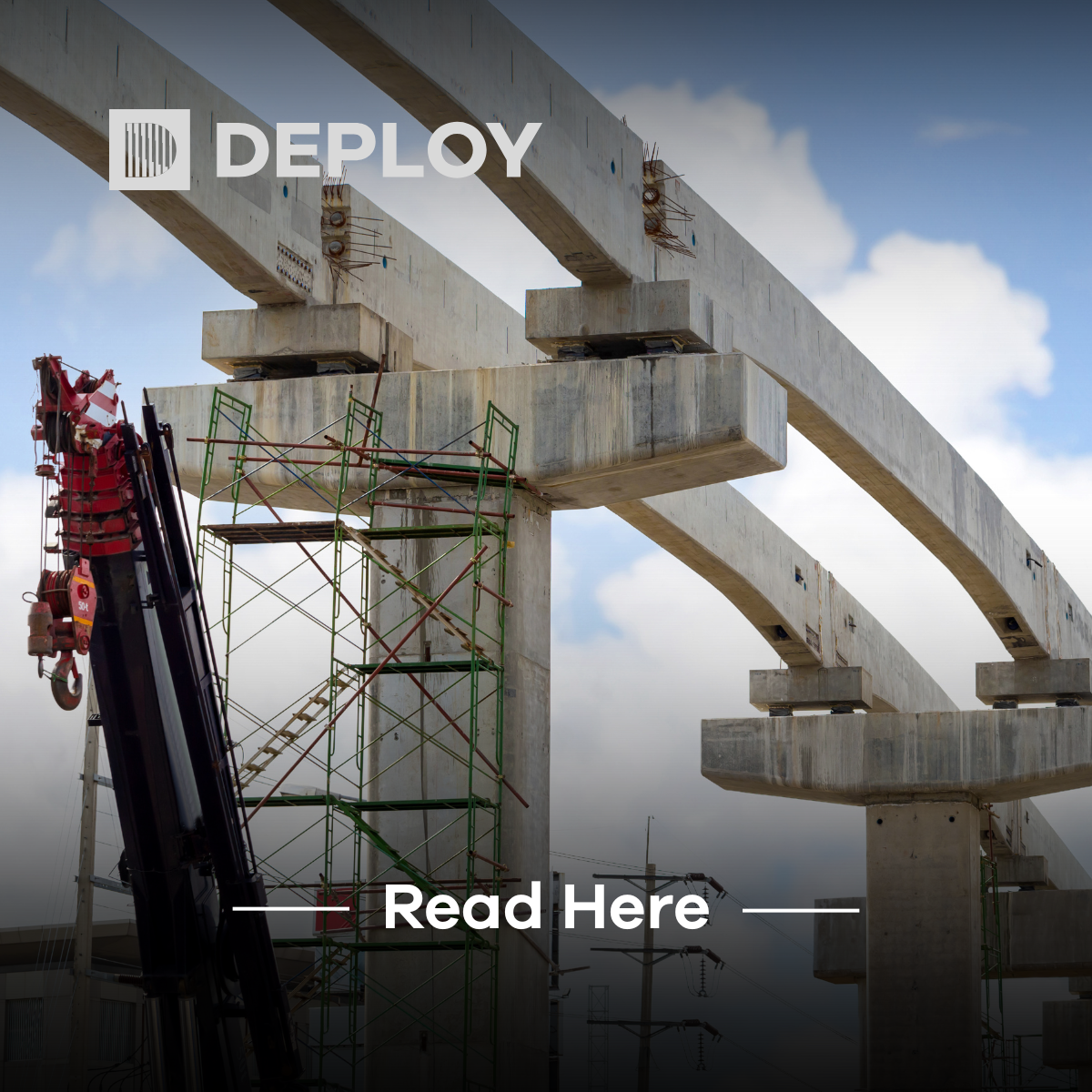Why Workforce Well-being is Critical to Infrastructure Success
The infrastructure sector plays a vital role in shaping the world we live in, from building resilient transport networks to advancing urban development. While cutting-edge technology and innovative design are celebrated as drivers of progress, an often-overlooked factor is equally critical: the well-being of the workforce. Ensuring the health, safety, and mental well-being of workers is not only a moral imperative but also a practical necessity for the success and sustainability of infrastructure projects.
The Well-Being Imperative
The infrastructure workforce operates in some of the most challenging environments. Construction sites, rail networks, and other infrastructure projects often involve physically demanding tasks, high-pressure timelines, and exposure to potentially hazardous conditions. These stressors make it essential to prioritise workforce well-being at every level.
Data from the World Health Organization (WHO) and the International Labour Organization (ILO) underscores the impact of workplace conditions on mental and physical health. A report revealed that unhealthy working environments contribute to over 3 million deaths annually worldwide (source: https://www.ilo.org/resource/news/nearly-3-million-people-die-work-related-accidents-and-diseases), highlighting the need for proactive measures to protect and support workers.
In the infrastructure sector, well-being directly influences productivity, safety, and project outcomes. Workers who feel valued, supported, and safe are more likely to perform at their best, reducing accidents and increasing efficiency.
Health and Safety: Foundational Practices
Health and safety protocols form the cornerstone of workforce well-being in infrastructure. These protocols are designed not only to meet regulatory requirements but also to create a culture where safety is prioritised at every stage of a project.
Key Components of Effective Health and Safety Practices:
- Comprehensive Training
Training programs tailored to specific roles and environments equip workers with the knowledge and skills needed to perform tasks safely. Topics range from hazard recognition to emergency response, ensuring workers are prepared for any eventuality. - Regular Inspections and Maintenance
Ensuring that equipment, tools, and worksites meet safety standards is critical. Regular inspections help identify and address potential risks before they escalate. - Real-Time Monitoring
Advances in wearable technology and IoT devices are transforming safety in infrastructure. Real-time monitoring of worker health metrics, environmental conditions, and equipment performance allows for immediate intervention when issues arise.
Mental Well-Being: The Next Frontier
While physical safety has long been a focus in infrastructure, mental well-being is increasingly recognised as an equally important factor. The demanding nature of infrastructure work can lead to stress, burnout, and other mental health challenges. Addressing these issues is essential for fostering a resilient and engaged workforce.
Effective Approaches to Supporting Mental Health:
- Open Communication
Creating an environment where workers feel comfortable discussing mental health concerns is crucial. Regular check-ins, anonymous feedback systems, and access to mental health resources can encourage openness. - Access to Professional Support
Providing access to trained counselors and mental health professionals ensures workers receive the support they need. Many organisations are now integrating Employee Assistance Programs (EAPs) into their workforce well-being strategies. - Work-Life Balance
Flexible scheduling and policies that promote work-life balance can help alleviate stress and improve overall satisfaction among workers.
Best Practices: Real-World Examples
Several organisations are setting benchmarks for workforce well-being in the infrastructure sector.
- Network Rail (UK): Mental Health Awareness
Network Rail has implemented a comprehensive mental health program that includes training for managers, peer support initiatives, and 24/7 access to counseling services. These efforts have significantly reduced absenteeism and improved employee engagement. - Turner Construction (US): Safety Week
Turner Construction organises an annual "Safety Week" to reinforce its commitment to worker safety. The event includes workshops, demonstrations, and discussions aimed at fostering a safety-first culture. - Crossrail (UK): Health and Well-Being Hub
During the Crossrail project, a dedicated health and well-being hub provided workers with access to fitness facilities, mental health resources, and nutritional advice. This holistic approach contributed to a lower accident rate and higher morale.
Conclusion: A Shared Responsibility
Workforce well-being is not just a responsibility of employers; it requires collaboration across industry stakeholders, including policymakers, unions, and workers themselves. By prioritising health, safety, and mental well-being, the infrastructure sector can create environments where workers thrive, projects succeed, and communities benefit.
At Deploy, we recognise that the human element is central to the success of infrastructure projects. By connecting organisations with skilled professionals and promoting best practices in workforce well-being, we are committed to shaping a safer, healthier, and more sustainable industry.
Contact Deploy today to learn more about our commitment to workforce excellence. Together, we can build a future where infrastructure projects are not only innovative but also deeply human at their core.






